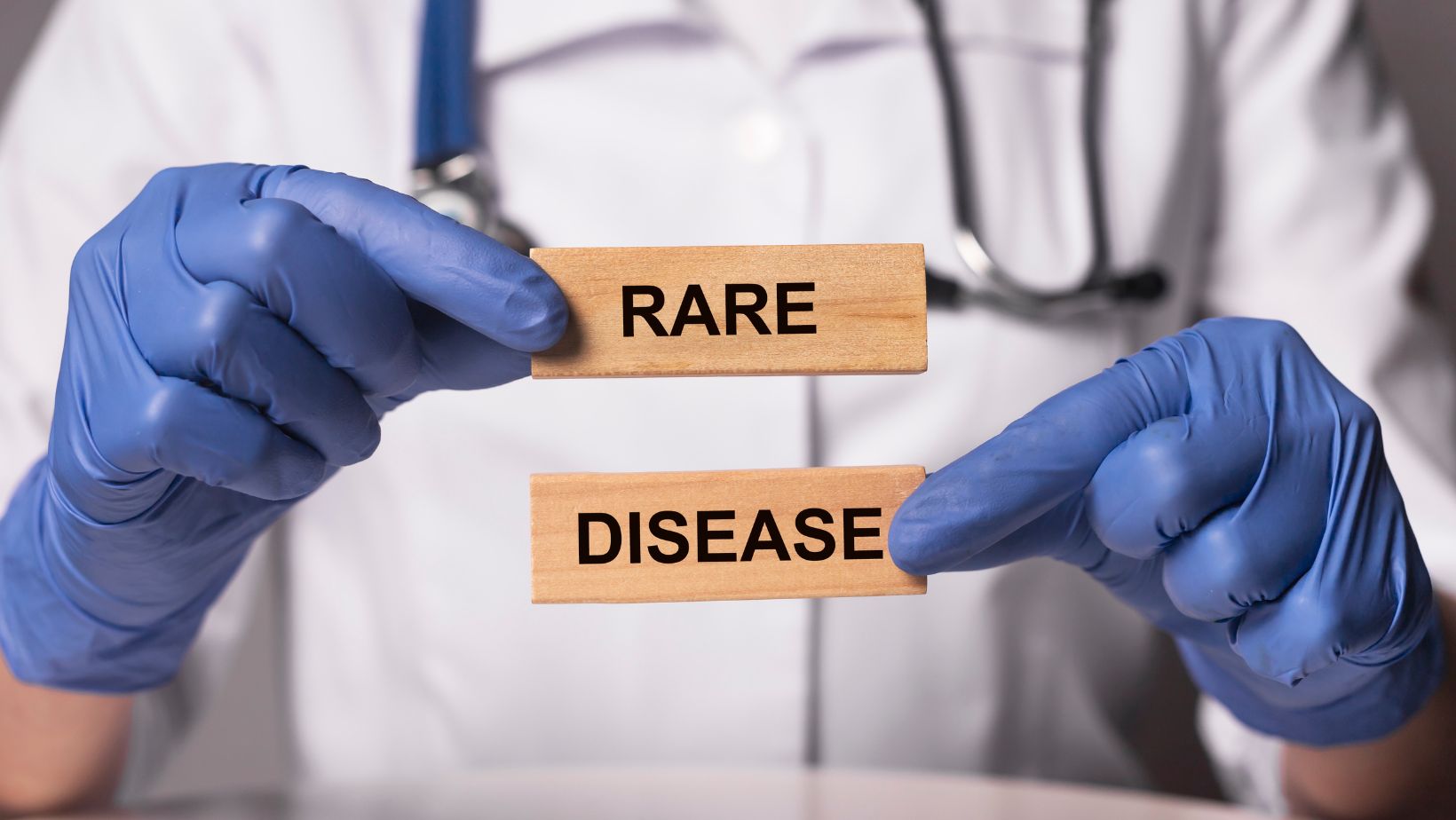Low Frequency Diseases Can be Exclusively Covered
When it comes to healthcare coverage, it’s no secret that certain conditions receive more attention than others. However, it is crucial to remember that low frequency diseases also deserve their fair share of the spotlight. These conditions, affecting a small percentage of the population, often face neglect in terms of research, funding, and public awareness. By dedicating this article to exclusively covering these diseases, we can bridge the gap and give a voice to those who often feel unheard.
In the realm of medical research and healthcare, it is essential to acknowledge that every condition, regardless of its prevalence, deserves equal attention. Low frequency diseases, although rare, can be just as debilitating and life-altering as more common ailments. By exclusively focusing on these conditions, we can provide a platform for education, advocacy, and support, ensuring that no one is left behind in the pursuit of better healthcare for all.
Understanding Low Frequency Diseases
Definition of Low Frequency Diseases
Low frequency diseases, also known as rare diseases, are medical conditions that affect a small percentage of the population. These diseases are characterized by their low prevalence in the general population, often affecting fewer than 200,000 individuals in the United States. While each specific disease may have its own unique set of symptoms and complications, they all share the commonality of being rare and often difficult to diagnose.
Prevalence of Low Frequency Diseases
Despite their individual rareness, low frequency diseases collectively impact a significant number of people worldwide. In the United States alone, it is estimated that there are over 7,000 different rare diseases, affecting approximately 30 million Americans. This means that around 1 in 10 individuals in the U.S. lives with a rare disease. While the prevalence of each individual disease may be low, the cumulative impact of these conditions on the affected individuals and their families is substantial.
Exclusively covering low frequency diseases in healthcare is an important step towards addressing the unique challenges faced by individuals with these conditions. By providing specialized coverage and support, healthcare providers can ensure that those affected by rare diseases receive the necessary care and resources to manage their conditions effectively.

Importance of Exclusive Coverage
Providing Adequate Healthcare
When it comes to low frequency diseases, it is crucial to provide exclusive coverage in order to ensure that individuals with these conditions receive adequate healthcare. These medical conditions may affect a small percentage of the population, but they still have a significant impact on the individuals who are affected. By offering exclusive coverage, healthcare providers can tailor their services and resources to meet the unique needs of those with low frequency diseases.
One of the main challenges faced by individuals with low frequency diseases is the lack of understanding and awareness among healthcare professionals. Many of these conditions are rare and may not be encountered frequently in a clinical setting. As a result, misdiagnosis or delayed diagnosis is not uncommon. By exclusively covering low frequency diseases, healthcare providers can allocate resources to educate and train their staff, ensuring that they have the knowledge and skills necessary to recognize and effectively treat these conditions.
Ensuring Access to Treatments
Furthermore, exclusive coverage for low frequency diseases can help bridge the gap in access to treatments. Since these conditions affect a smaller population, pharmaceutical companies may be less inclined to invest in research and development for treatments. This can result in limited treatment options and a lack of innovation in this area.
However, by exclusively covering low frequency diseases, insurance providers can incentivize pharmaceutical companies to invest in research and development for these conditions. This can lead to the development of new and improved treatments, as well as increased access to existing treatments. By ensuring access to treatments, individuals with low frequency diseases can experience improved quality of life and better health outcomes.
Supporting Research And Development
By exclusively covering low frequency diseases, insurance providers can contribute to the funding of research initiatives focused on these conditions. This can help drive advancements in medical knowledge and contribute to the development of new treatments and therapies. Additionally, by supporting research and development, insurance providers can play a crucial role in raising awareness about low frequency diseases and promoting further understanding among the general public.
Conclusion
It is crucial to prioritize the coverage of low frequency diseases in healthcare. These medical conditions may individually affect a small percentage of the population, but collectively, they have a significant impact on a large number of people worldwide. By providing exclusive coverage for these rare conditions, healthcare providers and insurance companies can address the unique challenges faced by individuals with low frequency diseases. By giving attention to low frequency diseases and providing exclusive coverage, healthcare providers and insurance companies can contribute to improved outcomes and a better quality of life for those affected by these rare conditions. It is imperative that we continue to raise awareness, promote research, and advocate for the needs of individuals with low frequency diseases to ensure they receive the specialized care they require.














